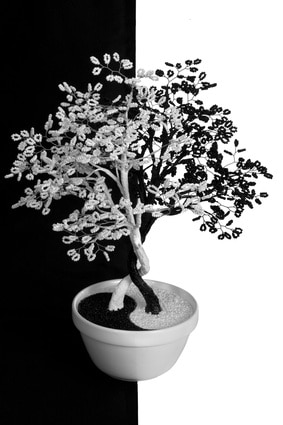When a family sets out to decorate their home, several factors are taken into consideration before a piece of furniture gets placed in any part of the house. A sofa may be pushed right against a wall to clear out enough space for a large decorative vase or sculpture. A coffee table might look best placed at a certain angle to the sofa for sufficient leg room and an easy reach. A mirror could work best when hung on a dividing wall to make the reflected space appear larger. The allowable space, the play of light, and the aesthetic effect of the placement all instruct the homeowners’ decisions in arranging the furnishings for a beautiful and comfortable room. Bringing Feng Shui into your home would attract more abundance and harmony.
However, did you know that there is a system of orienting spaces such as houses, buildings, and commercial establishments in order to maximize the flow of positive energy into it? It is called feng shui, a Chinese system of geomancy that can help improve a person’s life by using the laws of both Heaven and Earth to attract positive qi. Qi (pronounced as “chee” in English) is a movable force which can either be positive or negative; this energy plays an essential role in feng shui.
By observing the principles of feng shui, a person can experience harmony and good vibes throughout the home. It’s important to note, of course, that a clutter-free home is best when applying feng shui wisdom, as clear spaces are more apt to invite good energy to pass through. Once that’s done, the five feng shui elements can be brought into the space to introduce harmony and good energy.
A person can categorize their furnishings and home accents according to the elements of wood, fire, earth, metal, and water. Each of these elements also corresponds with specific colors — green and brown for wood; blue and black for water; light yellow and brown for earth; red, strong yellow, orange, purple, and pink for fire; and white and gray for metal.
Along with knowing the elements and colors, it’s also important to find out where these materials would work best within the home; the different areas are said to govern different aspects of a person’s life. The color green, for instance, improves health and balances family life when used in the East feng shui bagua (or energy map of the house). Strong yellow in the South bagua area brings forth happy family gatherings. White in the West bagua area invites good supportive energy for creative pursuits. Blue in the North bagua area, meanwhile, supports career growth.
Mastering the principles of feng shui will take more time and study, but with plenty of resources available from distinguished experts and comprehensive websites online, anyone can learn to apply the system in his or her own home. Having a free flow of positive, supportive energy coursing through a home can help enhance the different aspects of one’s life.

